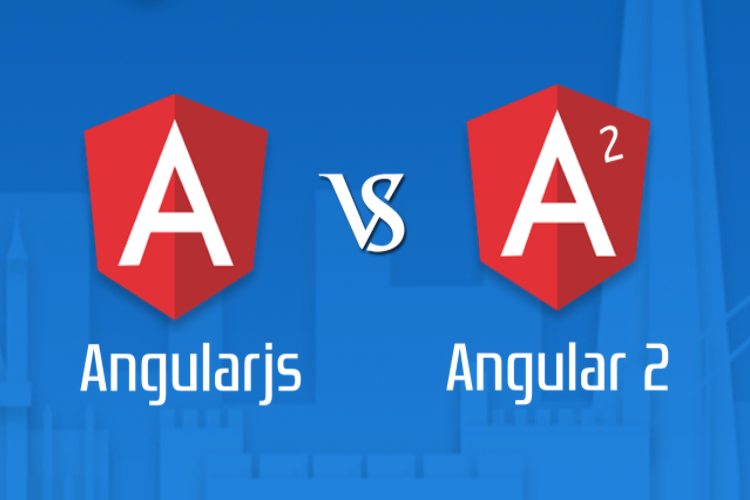Back in 2010, Google launched AngularJS, which has an outward-facing interface structuring based on JavaScript. It has open source coding focused on developing single page applications (SPA). After switching to version 2.0 in 2016, the name previously used to Angular has been shortened. This option is still under development and is being productively used. But the merits of Angular mean that you can get good results when you upgrade to an enhanced version. Follow the link https://fireart.studio/angular-development-company/ to learn more.
AngularJS vs Angular2
AngularJS can be attributed to all variations of the 1.x framework without exception. Its transformation is captured by HTML to movable HTML. Angular2 is an updated to AngularJS version with accelerated functionality using a command line interface. This makes it easier to create movable SPA.
Based on a 2020 survey of those who developed StackOverflow, over 41% of them use either Angular2 or AngularJS for developing mobile versions of interfaces. AngularJS professionals were initially aware of the merits of moving to the new Angular2. But due to the complexities of the migration procedure, they still have not decided on this transition.
| AngularJS | Angular 2 |
| It is an open-source web application framework based on JavaScript. | It’s revamped version of AngularJS based entirely on TypeScript. |
| The architecture is based on model-view-controller (MVC). | The architecture is entirely component-based meaning it’s composed of encapsulated, loosely bound components. |
| It’s not compatible with the new web components such as custom elements. | It fully supports all web components including custom elements. |
| No support for native applications for mobile platform. | It’s easy to create native applications for mobile platform using Angular 2. |
| There are issues with dependency injection in AngularJS. | It comes with a built-in dependency injection subsystem for better performance. |
| Controllers and $scope are key components in application development in AngularJS. | Controllers and $scope are replaced by Controllers and Derivatives in Angular 2. |
Reasons for switching to Angular2
We decided to outline the main reasons why it is desirable to make the transition from AngularJS to Angular2. Subsequently, creating applications will be more accessible:
- The reason is architecture. AngularJS views are quite tough when it comes to range and control, and it’s hard to reuse them. Angular2 is based on hierarchical components and special services. This allows the elements to be reused, while increasing their validation and maintainability.
- The reason is the framework. Basically, AngularJS is versatile, but less dangerous and more manageable than Angula2r. Angular 2 follows a component-based structured methodology. When building and maintaining larger applications, the latest versions of Angular2 are no longer a problem.
- The reason is in the language. For AngularJS, the already familiar JavaScript is used. It makes it easy to learn when performing tasks. But due to the lack of some type checking functions and errors associated with the time of the compilation process, they still go unnoticed. Angular 2 applies consistency and flexibility to the TypeScript language. It is able to improve the encoding by reducing runtime errors. It is also capable of working on multiple systems at the same time.
- The reason is mobile help. The creation of AngularJS was not designed for mobile apps. Angular 5 and later provide support for service workers. They are the main component for progressive web applications.
- Material Design. Angular 5 introduced the Component Dev Kit (CDK), which is a core library that links to Angular product elements. All this ensures efficient development.
- The reason is speed. AngularJS is a highly productive framework. But the encoding tends to be slower to compile in the context of applications. Ivy was also introduced in Angular 6. We are talking about a new production engine that provides slightly faster compilation. This reduces the batch size and improves debugging.
- The reason is data binding. Due to the presence of two-way binding, AngularJS data can be generated with delays, provoking traffic jams during development.
- The element depends on third party IDEs like WebStorm, while Angular uses a command line-oriented interface (CLI). It minimizes the time it takes to build complete applications.
Experienced angular developers of our company will help you in solving the issue.




